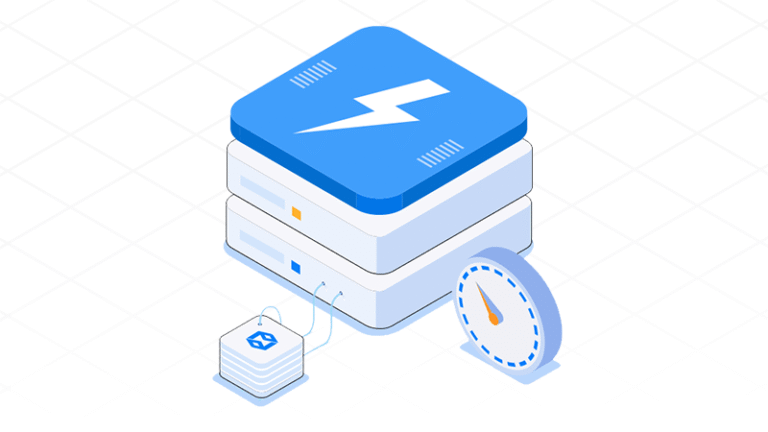
Multi-region load balancing is not simply a checkbox for global service delivery—it’s a multi-faceted engineering discipline combining network architecture, traffic management, and real-time observability. For organizations targeting global audiences, implementing robust Anycast load balancing, GeoIP routing, Geo-DNS, and global server load balancing (GSLB) is essential for maintaining low latency, high reliability, and seamless failover. Below is a deep dive into how to systematically achieve advanced multi-region load balancing, with actionable instructions at each stage.
Laying the Foundations: Regional Infrastructure and Network Design
Before any advanced routing strategies can be deployed, you need a resilient, distributed network of points-of-presence (PoPs). This means:
- Deploying in Strategic Regions: Use traffic analysis, user demographics, and latency heatmaps to select PoP locations. Common choices are Hong Kong or Tokyo for Asia, Los Angeles for North America, and a major European hub.
- Provisioning Enterprise-Grade Hardware: Each PoP should be equipped with servers capable of handling peak concurrent sessions; enterprise-class AMD EPYC or Intel Xeon CPUs, ECC memory, and NVMe storage are recommended for reliability and performance.
- Ensuring Redundant Network Connectivity: Partner with a provider like Dataplugs to access multi-terabit, BGP-optimized backbone with multiple Tier-1 ISP uplinks per PoP. All locations should have independent path diversity to avoid single points of failure.
- Security and DDoS Mitigation: Deploy regional DDoS protection, firewalls, and WAFs at every PoP. Confirm that your provider offers 24/7 incident response and automated threat mitigation.
Step 1: Architecting Anycast Load Balancing
Anycast enables the same IP address to be advertised from multiple PoPs. To implement:
- Obtain a Routable IP Prefix: Request a /24 IPv4 or /48 IPv6 prefix from your provider or regional registry. This is the minimum size most ISPs will propagate globally.
- Configure BGP Announcements: At each PoP, set up BGP sessions with connected ISPs, advertising the same prefix. Use unique router IDs and configure BGP attributes (local preference, AS path prepending) to tune traffic flow.
- Synchronize Edge Services: Ensure that all PoPs run identical edge services—DNS, CDN, API gateways, etc.—and that any required data or configuration is replicated in near real time.
- Monitor Catchment Areas: Use tools like traceroute, RIPE Atlas, or commercial monitoring to map which users are routed to which PoP. Adjust BGP policies as necessary to optimize for performance and cost.
Step 2: Deploying GeoIP Routing and Geo-DNS
Anycast routes by network topology, not physical geography. GeoIP routing and Geo-DNS correct this by steering users based on their actual location:
- Select a DNS Provider with GeoIP Support: Providers like NS1, AWS Route 53, or Cloudflare offer advanced traffic steering.
- Define Geographic DNS Rules: In your DNS portal, create rules mapping user regions (country, continent, ASN) to the closest or most appropriate PoP IP address. Example: Asian users get Tokyo, European users get Frankfurt.
- Implement EDNS Client Subnet (ECS): Enable ECS to pass the user’s subnet info to your authoritative DNS, overcoming the resolver-location bias of public DNS services.
- Set TTLs for Agility: Use a TTL of 30 seconds to 5 minutes for A/AAAA records, balancing failover speed with DNS query volume.
- Automate Database Updates: If self-hosting, schedule regular GeoIP database refreshes. Managed providers update automatically.
Step 3: Integrating Global Server Load Balancing (GSLB)
GSLB enables dynamic, real-time traffic routing based on endpoint health, latency, and load:
- Deploy Health Monitoring: Configure HTTP, TCP, or custom health checks for every PoP. Health checks should be frequent (every 5–10 seconds) and monitored centrally.
- Configure Load and Latency Metrics: Use built-in GSLB features or third-party agents to measure server resource usage and network latency.
- Set Failover Policies: Define rules for automatic removal of unhealthy PoPs and seamless failover to the next closest, healthiest site.
- Enable Session Persistence: For stateful protocols, configure GSLB to maintain session stickiness—IP hash or cookie-based persistence—to avoid breaking user flows during site transitions.
- Integrate with Multi-Cloud or Hybrid Backends: GSLB can include endpoints hosted across multiple cloud providers or on-premises. Ensure all endpoints are monitored and managed uniformly.
Step 4: Security, Compliance, and Observability
A globally distributed architecture is only as strong as its weakest link:
- DDoS Protection: Deploy scrubbing or rate-limiting at every PoP. Use provider-integrated solutions for attack absorption.
- WAF and Firewall Rules: Tune WAF policies per region to local threat profiles. Automate rule deployment across all PoPs.
- Compliance Management: For data sovereignty requirements, use Geo-DNS to constrain user routing to compliant regions; verify storage and processing locations match legal obligations.
- Real-Time Monitoring: Use tools like Prometheus, Grafana, or Datadog to collect metrics on latency, uptime, error rates, and regional traffic patterns. Set up alerting for anomalies.
Step 5: Automation, Testing, and Continuous Optimization
- Automate Infrastructure Provisioning: Use infrastructure-as-code (IaC) tools (Terraform, Ansible) for consistent PoP deployment and change management.
- Synthetic User Testing: Run regular probes from global endpoints to validate routing logic, latency, and failover efficacy.
- Run Scheduled Failover Drills: Simulate PoP failures to practice and verify DNS, BGP, and GSLB failover mechanisms.
- Iterate Based on Traffic Analytics: Analyze logs to identify shifting user demographics, optimize PoP placement, and tune routing policies accordingly.
Common Pitfalls and How to Avoid Them
- Ignoring Public Resolver Effects: ECS is essential for accurate Geo-DNS, as many users appear to originate from large public DNS IPs.
- Stale GeoIP Data: Outdated location databases lead to misrouting. Automate updates where possible.
- Overlooking Session Persistence: Stateless Anycast works well for DNS/CDN, but for stateful connections, persistent routing is required.
- Failing to Monitor BGP Announcements: Route leaks or hijacks can disrupt service. Use BGP monitoring and alerting.
- Neglecting Documentation: Keep detailed records of routing policies, network diagrams, and failover procedures.
Why Work with Dataplugs
Dataplugs provides the foundational network, hardware, and operational expertise required for multi-region load balancing at scale. With data centers in key global regions, direct CN2 routes for low-latency China access, Tier-1 ISP interconnects, and 24/7 expert support, Dataplugs helps you deploy, monitor, and optimize advanced load balancing architectures while ensuring security and compliance.
Conclusion
Engineering multi-region load balancing with Anycast, GeoIP routing, Geo-DNS, and GSLB is a step-by-step process demanding meticulous network design, ongoing monitoring, and continuous optimization. By following these instructions—and leveraging a capable provider like Dataplugs—you enable your business to deliver lightning-fast, resilient, and secure digital experiences for users worldwide, regardless of scale or geography. For tailored guidance, reach out via live chat or email sales@dataplugs.com.





